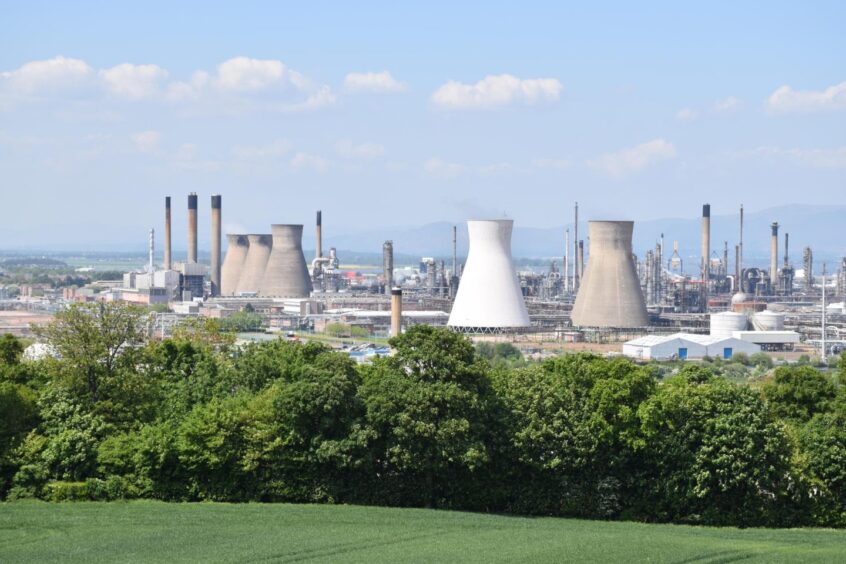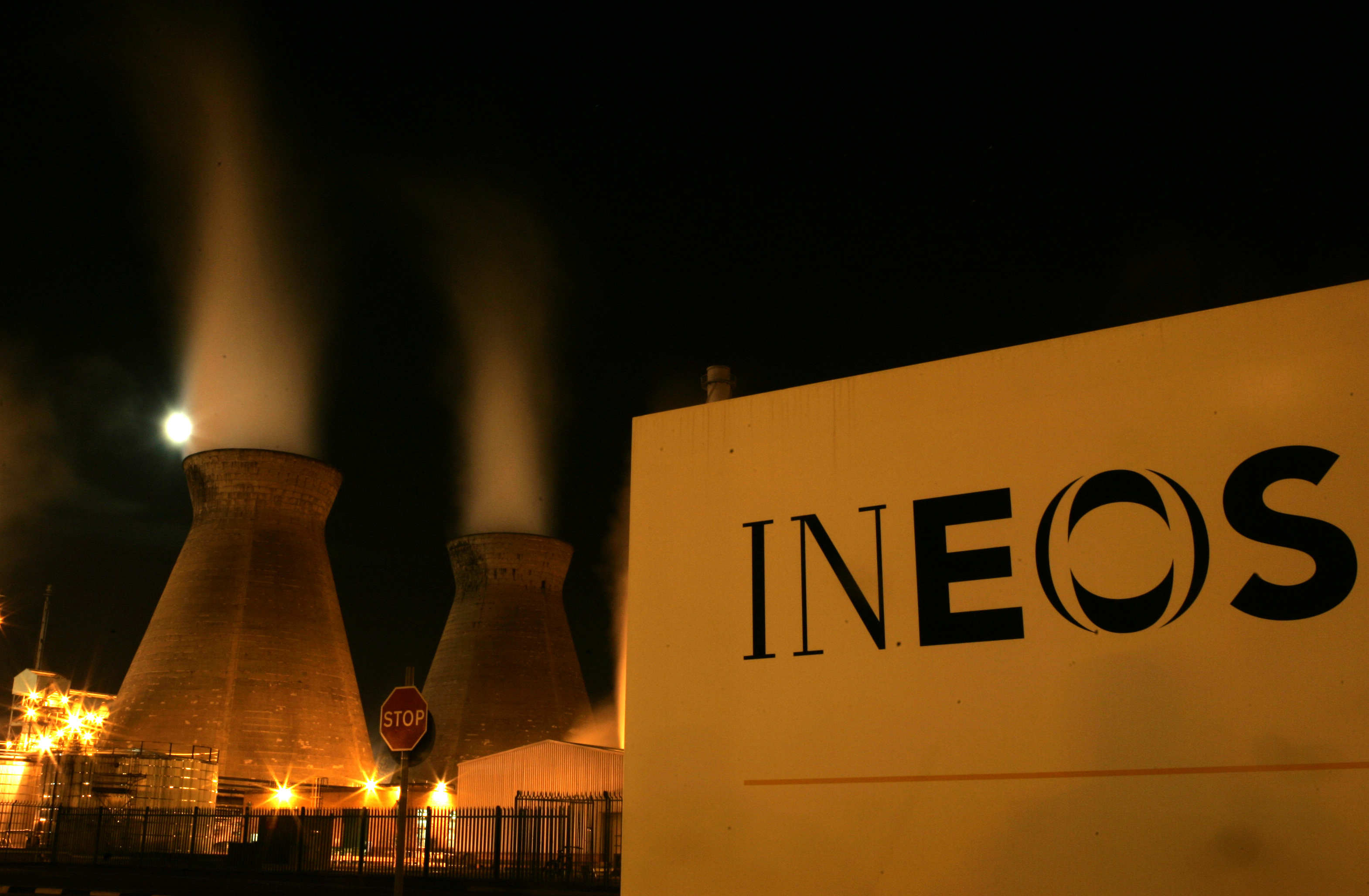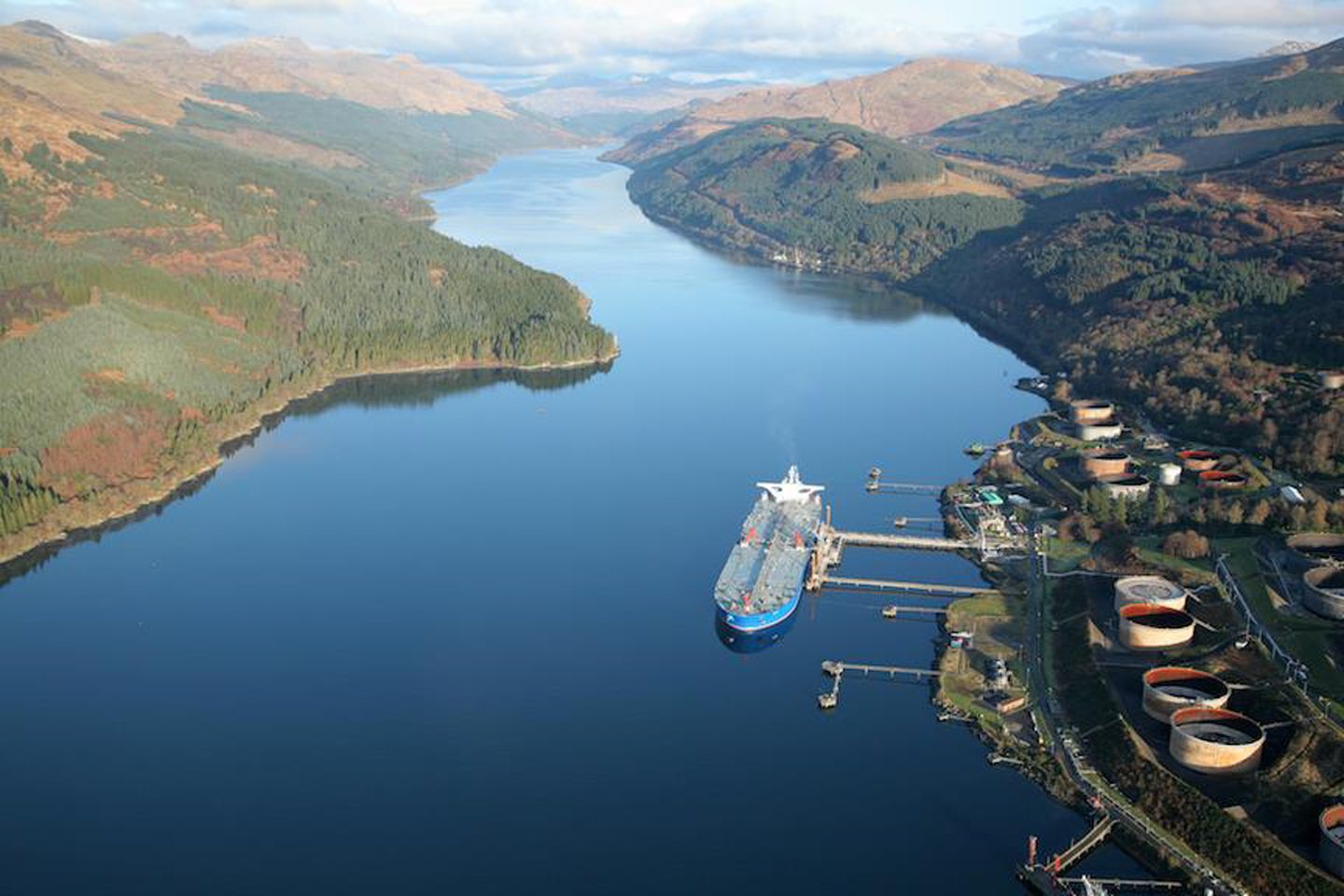
The Scottish Environmental Protection Agency (SEPA) has reported a “small quantity of crude oil surfacing” in the area near Petroineos’ Finnart oil terminal.
The spill was brought to the attention of SEPA by Petroineos and the environmental protection agency is working with the Finnart Ocean Terminal incident response team.
SEPA says that the oil is surfacing from an underground pipeline near Argyll and Bute and the agency is currently coordinating a multi-agency response.
A SEPA spokesperson told Energy Voice investigations into the spill are ongoing but “there is currently a very low risk to the wider public”.
Finnart Ocean Terminal spill
Containment and clean-up operations are underway and the pipeline has been depressurised.
The west coast pipeline from Finnart Ocean Terminal is capable of receiving large tankers of crude oil and was first imported in 1951.
The oil from the ocean terminal is transported to the Grangemouth refinery.
Ineos has been asked for a comment on the situation.
At this time, Petroineos also shared that operation and maintenance teams have been conducting “planned work” on one of the production units at the Grangemouth oil refinery.
The operation and maintenance teams have reached a “pre-commissioning stage” as the plant aims to start back up.
Those in the local area are being warned that flaring will be taking place during this time.
Petroineos says that this “may be audible outside of the site boundary.”
The firm has added that it will take “every effort” to keep the level and duration of flaring from the elevated flare stacks to a minimum.
Grangemouth shutdown
In November, it was reported that Grangemouth – Scotland’s last remaining oil refinery – could close as soon as 2025 due to a reported decline in North Sea oil output and falling demand for fuels.
Refinery operator Petroineos – a joint venture between PetroChina and Ineos – blamed market pressures and the energy transition for the decision.
It’s understood that around 400 jobs could be lost as a result. About 500 people are currently directly employed at the facility.
The company does not intend to shutter the site and will invest in a “resilient fuels import terminal” as part of an 18-month ‘refinery transition project’.
This will make it possible to import petrol, diesel, aviation fuel and kerosene from vessels arriving via the Firth of Forth.
SEPA supporting multi-agency response
A spokesperson for SEPA told Energy Voice that Argyll and Bute Council is “coordinating a multi-agency response” in response to the spill.
SEPA said Petroineos has deployed specialists in spill containment and recovery to the area, where they remained on site as of Wednesday evening.
“The leak is located in a small area and all residents living in close proximity of the site are aware,” the spokesperson said.
“SEPA is supporting the response and is on site to ensure all necessary clean up measures are taken.
“Investigations are ongoing but there is currently a very low risk to the wider public. A cordon is in place to prevent access to the site.”
SEPA said NHS Highland’s Public Health Team is working closely with the council’s Environmental Health Team to assess any implications for a small number of private water drinking supplies.
Other agencies involved in the response include Police Scotland, Scottish Water and Loch Lomond and The Trossachs National Park Authority.
SEPA environmental performance senior manager Shona McConnell said: “SEPA officers are attending the site today to ensure Petroineos is taking all necessary measures and carry out visual inspections of the water environment.
“We understand that the pipeline has been depressurised and that containment and clean-up operations are in place.
“We will continue to work closely with partners, including Argyll and Bute Council, to monitor the response and clean up for as long as needed.
“The operator will be required to submit an incident report to SEPA in due course and officers will follow up any regulatory actions as appropriate.”
Recommended for you


 © Supplied by Petroineos
© Supplied by Petroineos